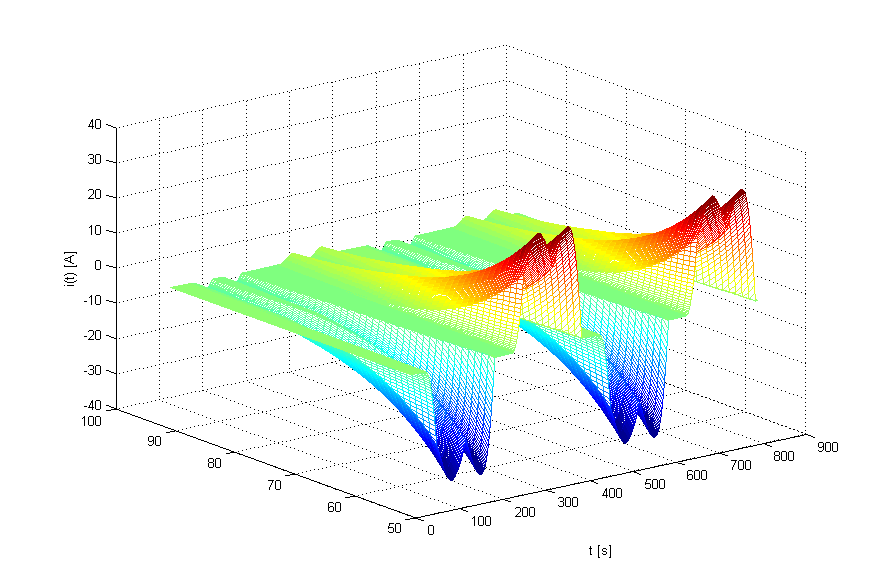Description:
This course provides a broad overview of power system harmonic problems, methods of analyzing, measuring and effectively mitigating them. Several extended simulation and data processing tools, among others DIgSILENT PowerFactory, Matlab/Simulink or LabVIEW are used to assess and study the harmonic distortion at different points of power networks.
The results of analytical investigation and simulations are validated against measurements applying sophisticated data processing techniques. Furthermore, deep understanding of hardware considerations regarding har- monic measurements in harsh industrial environment is given, using specialized equipment, for in- stance GPS-synchronized measuring instruments.
The course covers the following topics:
- Power Quality definitions. Generation mechanism of power system harmonics. Harmonic indices.
- Voltage vs. current distortion as well as parallel vs. series resonance in modern power systems. Point of Common Coupling (PCC).
- Sources and effects of harmonic distortion.
- Harmonic measuring instruments and measuring procedures in LV, MV and HV networks.
- Mathematical tools and theories for analyzing distorted waveforms. Signal processing and uncertainty analysis.
- Modelling of classical power system components. Harmonic analysis.
- Modelling of grid-connected converters for harmonic analysis purposes and their application in modern power systems including e.g. offshore wind power plants.
- Harmonic load-flow, frequency scan and time domain simulations. Linear and nonlinear analysis techniques.
- Steady-state harmonics vs. harmonic stability. Small-signal representation, sequence and frequency coupling.
- Software tools for harmonic analysis.
- Precautionary (preventive) and corrective (remedial) harmonic mitigation techniques. Passive and active line filters. Filter design.
Organizer: Professor Claus Leth Bak
Lecturers: Christian Frank Flytkjær from Energinet and Łukasz H. Kocewiak from Ørsted


